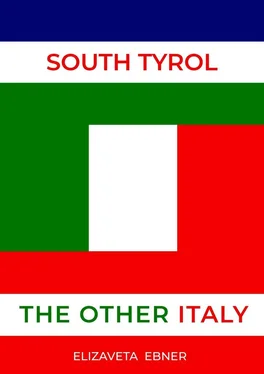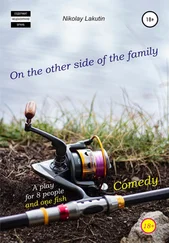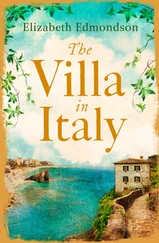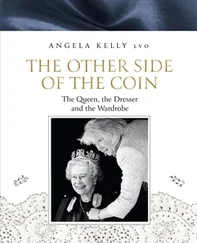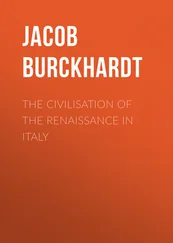South Tyrol. The Other Italy
Elizaveta Ebner
Literary translation Olga Syomina
Editor Olga Rybina
Proofreader Olga Syomina
Illustrations Andrei Klepanov
Cover design Peter Ebner, Klavdiya Shildenko
Photo of the author Anastasia Reves
Photos Elizaveta Ebner
Layout Aleksandra Sokolova
© Elizaveta Ebner, 2021
ISBN 978-5-0055-2602-1
Created with Ridero smart publishing system
To my families: in Russia and in Austria
The art island of Naoshima in the Seto Inland Sea features a work The World Flag Ant Farm by the artist Yukinori Yanagi. The artwork is made of rows of plexiglass boxes with flags inside of them made of coloured sand. The boxes are connected by tubes, through which ants are running, carrying the sand from one part of the installation to another. Everything is real in the work of the Japanese artist: the insects build nests, move, eat from specially designed food dispensers, and die. Yanagi’s philosophy is as follows: “Nations, ethnic groups, religions are limited by imaginary boundaries, born of social or institutional constructions.” When ants destroy clear contours of the flags, they, in his opinion, demonstrate “a simple and encouraging way to gradually unite all the peoples of the world.” Yukinori Yanagi’s installation is symbolic. It questions the importance of borders between countries, raises the issue of their gradual destruction and the consequences of migration.
I wonder if the ants in the Japanese artist’s work were of different species… Alas, there is no information about that, and yet not all the varieties of those insects are friendly to each other. Quite like people, they fight for their territory, food, children, and domination of their own species. Who knows how quickly the fragile sand boundaries would become multi-coloured well-organized fortifications in real life?
Chapter One.
Personal File
The first time I saw South Tyrol was through the train window on my way from Milan to Munich. The huge snow-covered mountains seemed to be at arm’s length from me. Never before had I seen them so closely. Long after this journey, I would still believe that nothing could be more beautiful than these magnificent walls of rock. According to my calculations, there was some time left before we would cross the Austrian border, but the names of the stations, indicated both in German and Italian, instilled in me vague doubts about the whereabouts of the train. “Are we still in Italy or already in Austria?” I thought. My fellow passengers suddenly put off whatever each of them was doing: their books, newspapers and magazines were lying on the tables and on their laps, the covers of the laptops, the boxes of cookies and chips were closed. We were all gazing, spellbound, at the beauty outside.
I was 21. From Milan, where I studied at the Department of Architecture, I was going to intern at a Munich architectural magazine. Not knowing any German and having a very vague idea of the Bavarian capital, I was still travelling by train through the mountains and into the uncertainty. In Moscow, where I had grown up, there were no mountains, as there were none of them in the place where I had gone every year for my vacation, Kaliningrad Region, a semi-exclave which after World War II became part of the Soviet Union.
I still remember myself at the age of five or six, when an elderly German Frau, who had obviously come to her historic homeland, approached my grandmother and me in a street of the resort town of Svetlogorsk and gave me a full package of foreign sweets. At that time, Germans were treated with disbelief, nothing good could be expected from them, and out of that generous gift I only got one lollipop. As to the rest of it, my grandmother threw it all away, saying that the sweets could be poisoned. I can hardly remember what that lady looked like, but I do remember very well her emotions and the multi-coloured wrappers of the sweet treasure that had come so unexpectedly to me. What did she feel when she came to the Russian Svetlogorsk, which, in the days of her youth, had used to be the German Rauschen?
Approximately one year after the victory in the Great Patriotic War and the World War II, Königsberg was renamed Kaliningrad. Pillau became Baltiysk, Tilsit – Sovetsk, and Cranz – Selenogradsk. Lutheran churches were first used for economic needs, but then, gradually, they began to bring Orthodox paraphernalia there. German inscriptions were painted over – only to be found a bit later in the same places again. For three years, Germans and Russians were forced to live on the same territory. People were brought to Kaliningrad Region from all over the Soviet Union; they had to “master” the new territory, to introduce Soviet culture to East Prussia. Both sides still had vivid memory of the recent war. For obvious reasons, it was not easy for people from the Soviet Union to separate in their minds the peaceful German population from the Nazis, who only yesterday did terrible things on their land and to their families. No less difficult was it for the Germans: in order to feed themselves, they, like the Soviet citizens, had to do the hard work of restoring Kaliningrad, which was in ruins. There, under the rubble, were their houses, apartments, personal belongings, and often the bodies of their families and friends.
One would think that the relations between yesterday’s enemies would be terrible; however, in real life things were somewhat different. Of course, there’s no denying that the defeated Germans were insulted by their victors, looted and ousted from their own homes, but the fact that the two very different cultures were forced to co-exist on a very small territory also contributed to the increasing rapport between the people. Both German and Russian residents would quickly pick up each other’s languages, both Russian and German doctors would treat their patients without looking at their nationality, and young people would go dancing together. There were both good things and bad things, but neither Russians not Germans would refuse to help each other.
However trivial it may sound, there are no bad nations. There are bad people.
In 1948, the last of the Germans living in Kaliningrad Region were deported to the Soviet occupation zone in Germany. It was not until late 1990s that they got a chance to see Kaliningrad again. Some of them were silent, and some of them wept looking at the houses that were not theirs anymore. There was no more Königsberg. It had turned into Kaliningrad long ago.
Looking back, I can’t help thinking that everything which happens to us in life happens for a reason! If there had been no Kaliningrad in my life, or that train from Milan to Munich with the subsequent necessity to know well both German and Italian, I wouldn’t have been able to write about South Tyrol. I would not have become interested in this region’s bi- and trilingualism, and wouldn’t have seen anything strange in the entanglement of Italian, German and Ladin cultures on this land, which is officially a part of Italy. It is quite possible that I, like hundreds of other tourists, would have left this place taking with me dozens of pictures and pleasant recollections of the local hospitality. However, being already aware of a story similar to one that took place in South Tyrol, I felt an urge to understand better this mountain region. I had a feeling deep inside that the seemingly different stories of these two territories actually have something in common.
When I asked Italians in Milan and its vicinities about South Tyrol, it quickly turned out that their knowledge of this region is very superficial. As a rule, they referred to the local people as “Germans” or “calculator people,” hinting at the proverbial “German accuracy” in their character.
Читать дальше
